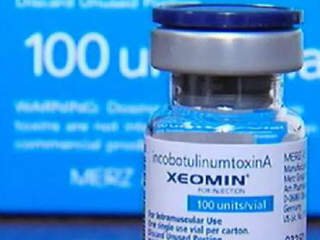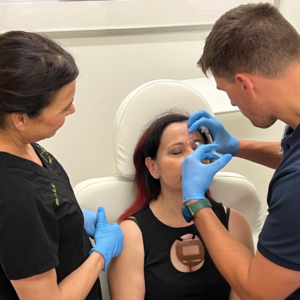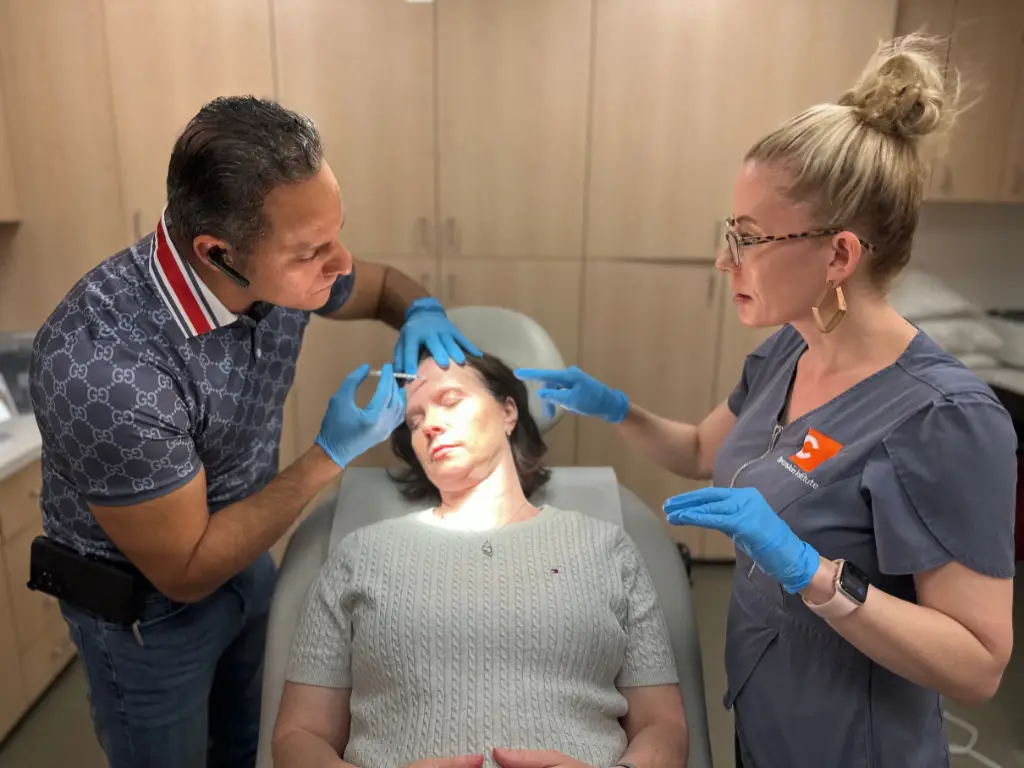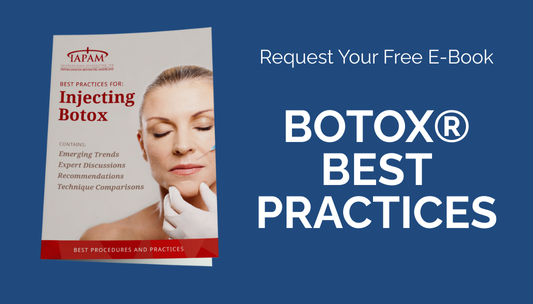Please note: Botox, Allergan Botox Cosmetic and Juvederm are registered trademarks of Allergan, Inc. Dysport, Restylane and Perlane are registered trademarks of Galderma. Xeomin is a registered trademark of Merz Pharmaceuticals, LLC.
DISCLOSURE OF UNLABELED USE
This document contains a discussion of agents that are not indicated by the U.S. Food and Drug Administration. The International Association for Physicians in Aesthetic Medicine (IAPAM), Allergan, Inc., and Medicis, Inc., do not recommend the use of any agent outside of the labeled indications. The opinions expressed in this document are those of the contributors and do not necessarily represent the views of the IAPAM, Allergan, Inc. or Medicis, Inc. Please refer to the official prescribing information for each product for discussion of approved indications, contraindications, and warnings.
Copyright, Legal Notice and Disclaimer
The information presented in this document is not meant to serve as a guideline for patient management. Any procedures, medications, or other courses of diagnosis or treatment discussed or suggested in this activity should not be used without evaluation of their patients’ conditions and possible contraindications on dangers in use, review of any applicable manufacturer’s product information, and comparison with recommendations of other authorities. This publication is protected under the US Copyright Act of 1976 and all other applicable international, federal, state and local laws, and all rights are reserved, including resale rights: you are not allowed to give or sell this e-book to anyone else. No part of this e_report may be reproduced in any form by any means (including electronic, photocopying, recording, scanning, or otherwise) without prior written permission of the publisher.
Please note that much of this publication is based on personal experience and anecdotal evidence. Although the author(s) and publisher have made every reasonable attempt to achieve complete accuracy of the content in this text, they assume no responsibility for errors or omissions. Also, you should use this information as you see fit, and at your own risk. Your particular situation may not be exactly suited to the examples illustrated here; in fact, it’s likely that they won’t be the same, and you should adjust your use of the information and recommendations accordingly.
Any trademarks, service marks, product names or named features are assumed to be the property of their respective owners and are used only for reference. There is no implied endorsement if we use one of these terms. Please note that the information presented on these pages is for informational purposes only. The IAPAM (or its affiliates), shall not be liable to anyone for any loss or injury caused in whole or in part by your use of this information, or for any decision you make or action you take in reliance on information you received from this text. This text is not intended to replace legal, medical, accounting or other professional advice, and is only meant to be used as a guideline for the reader. Any information in this publication should not be considered a substitute for consultation with a physician to address individual medical needs.






